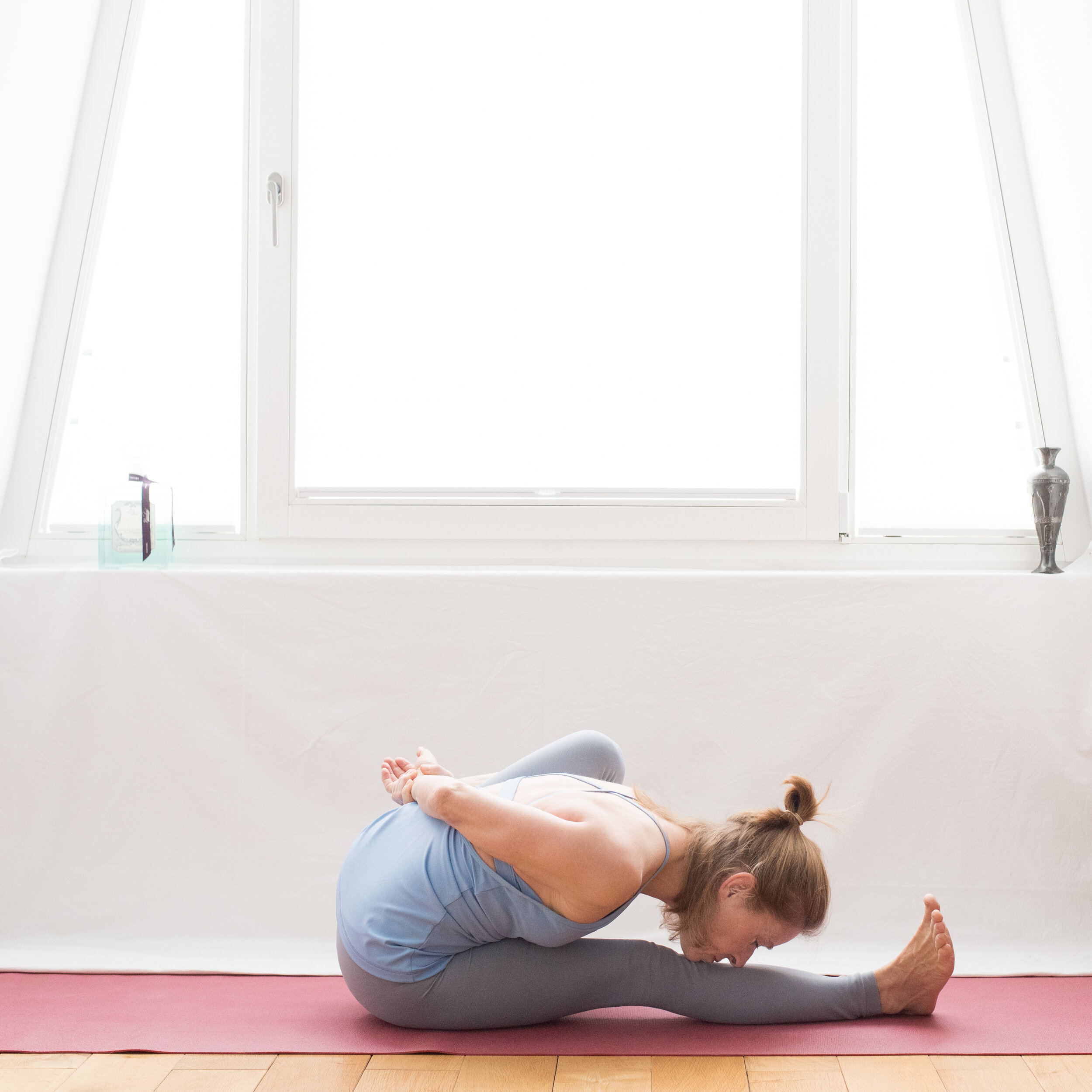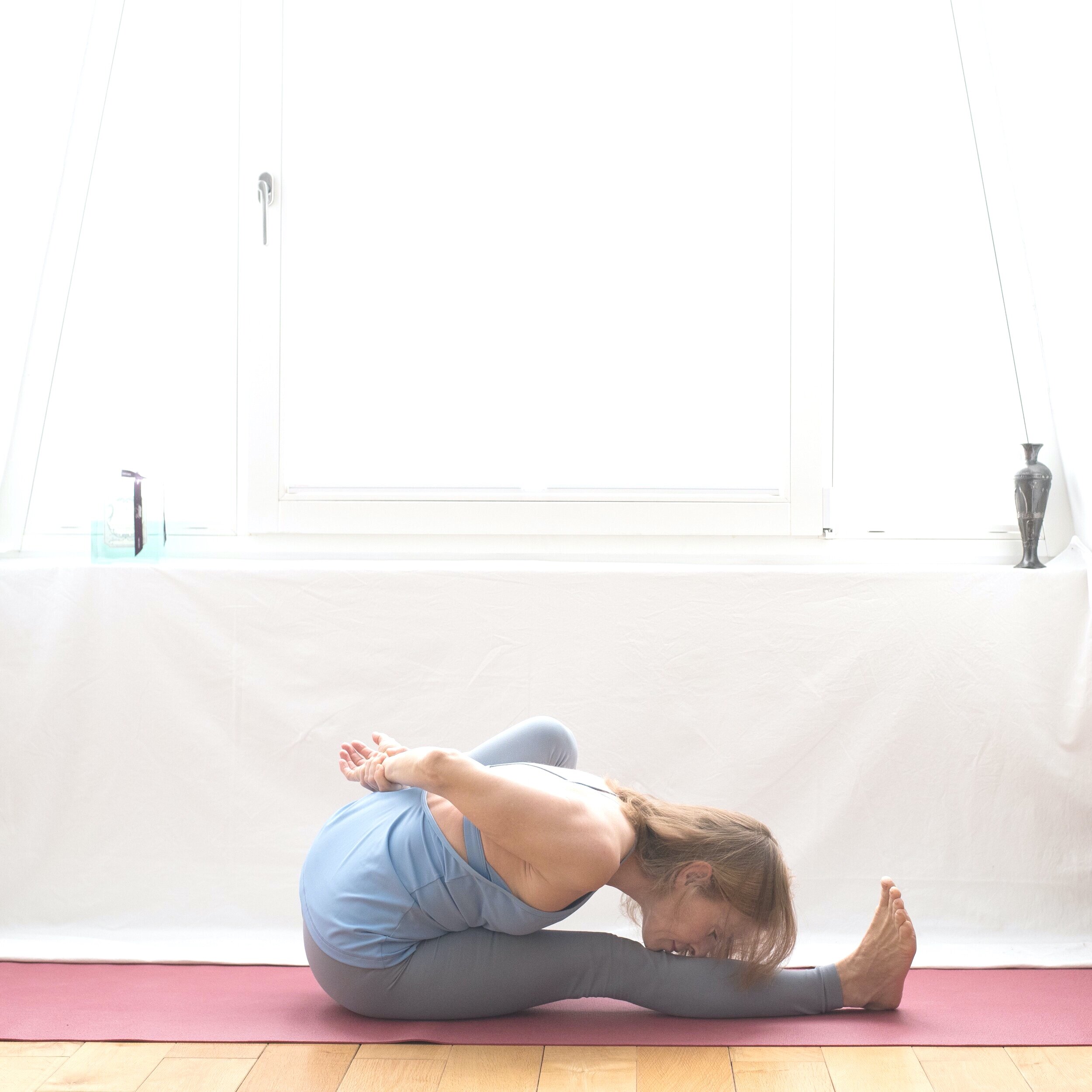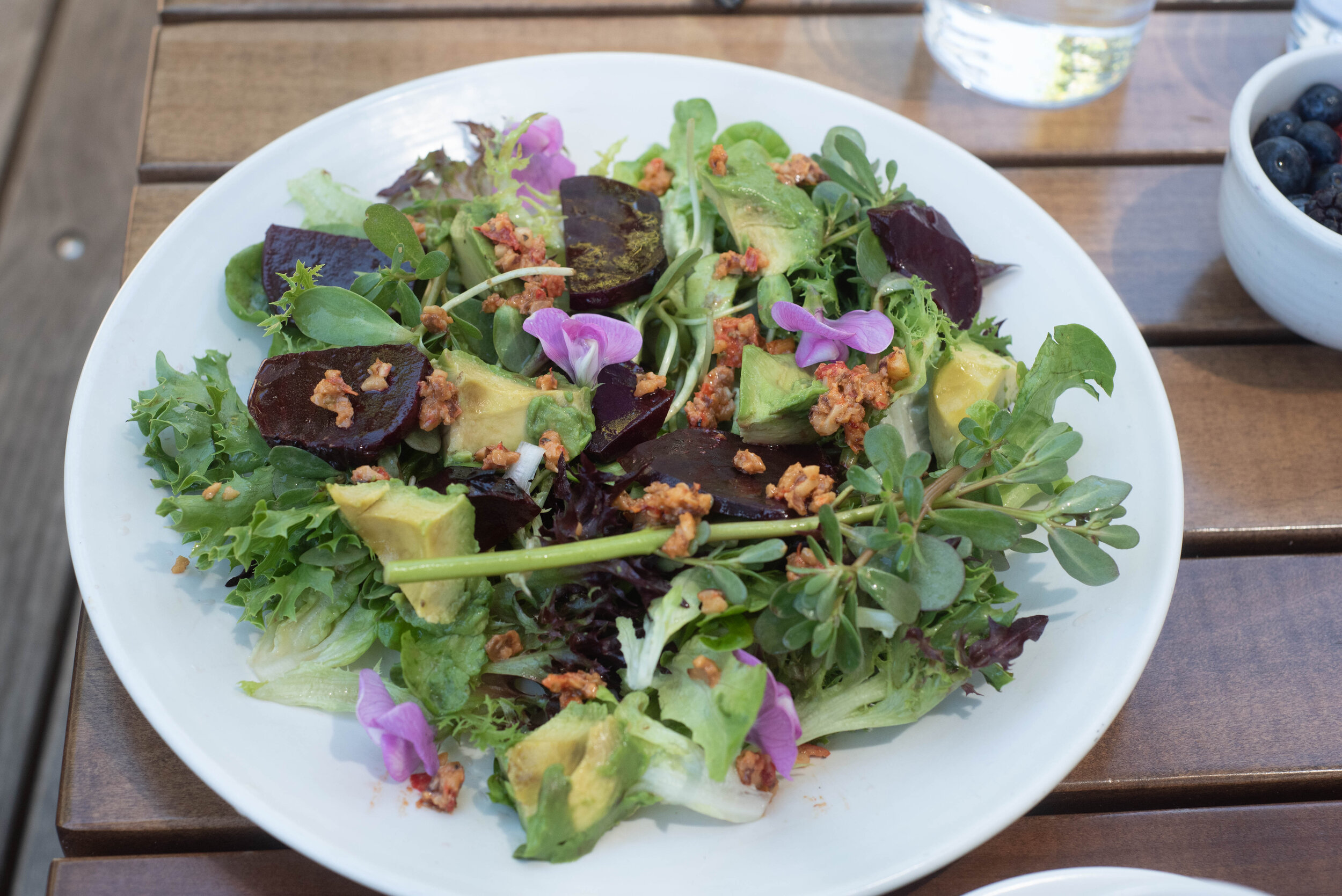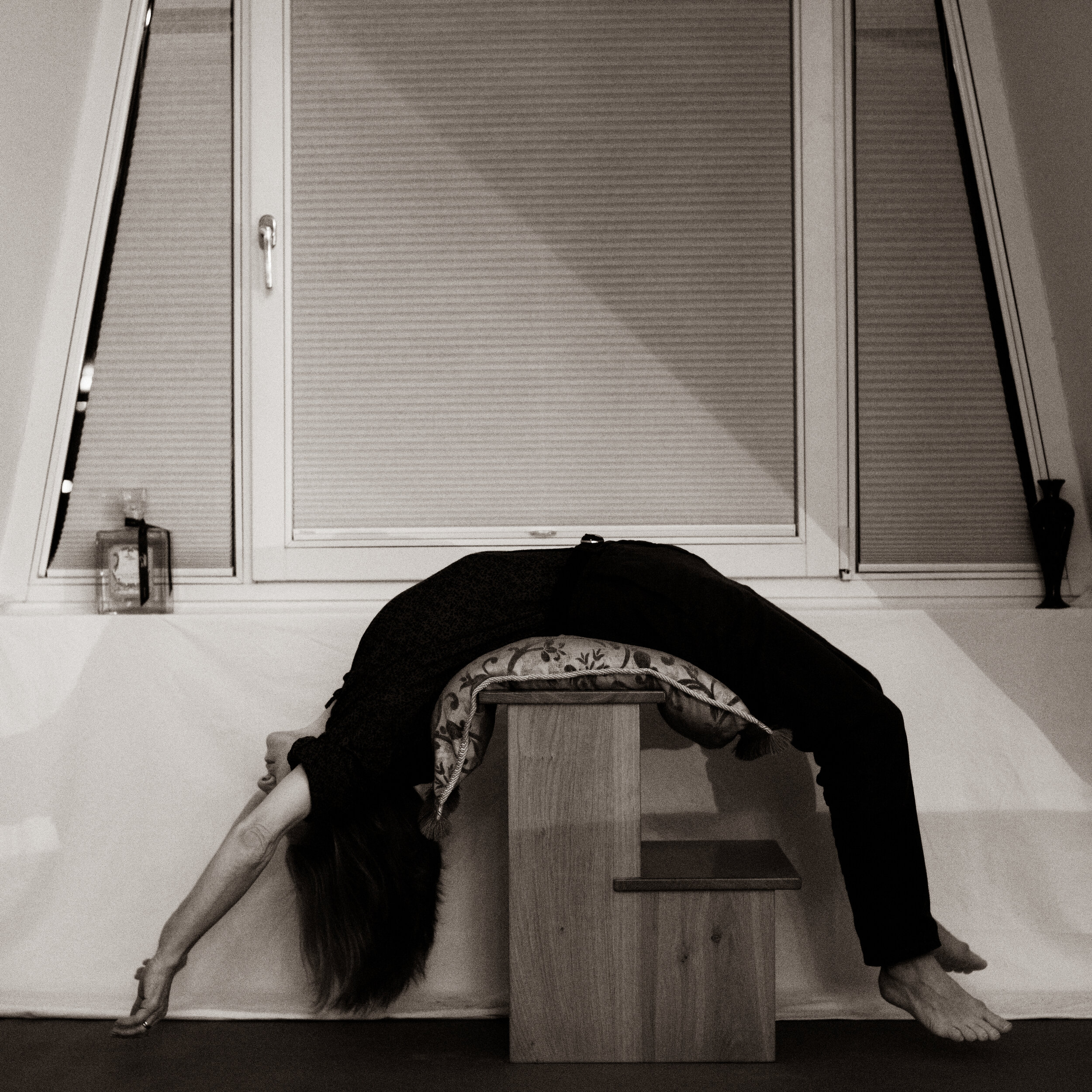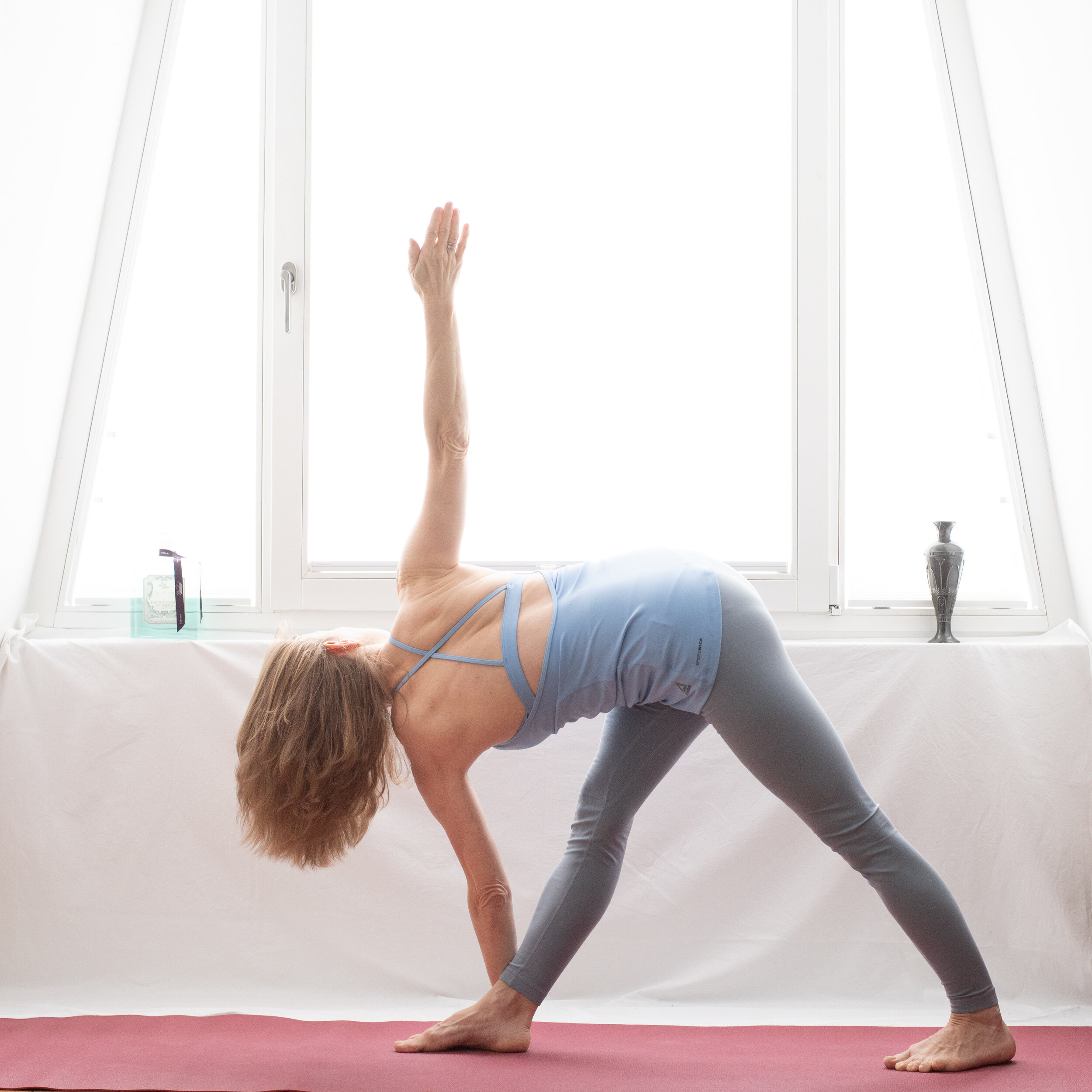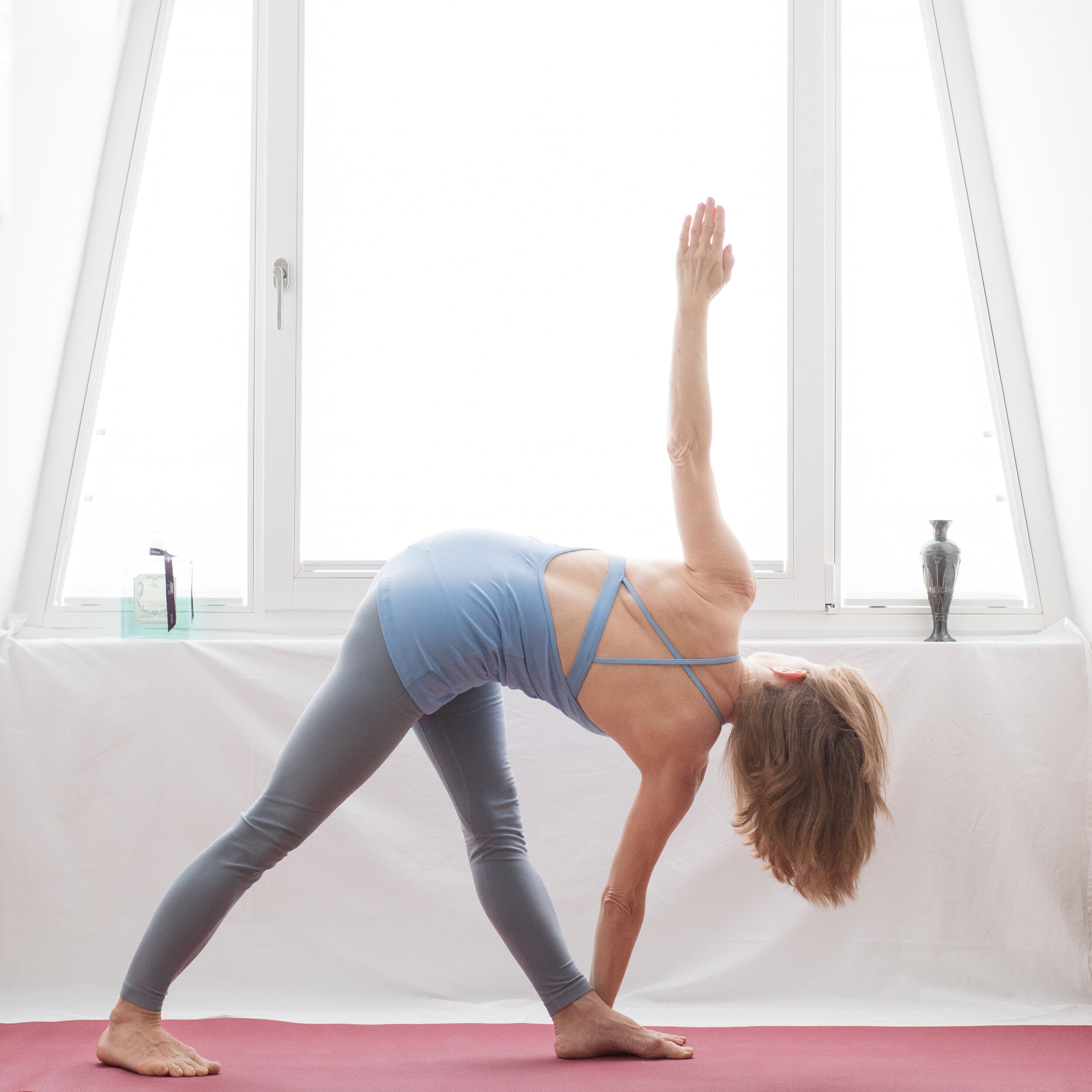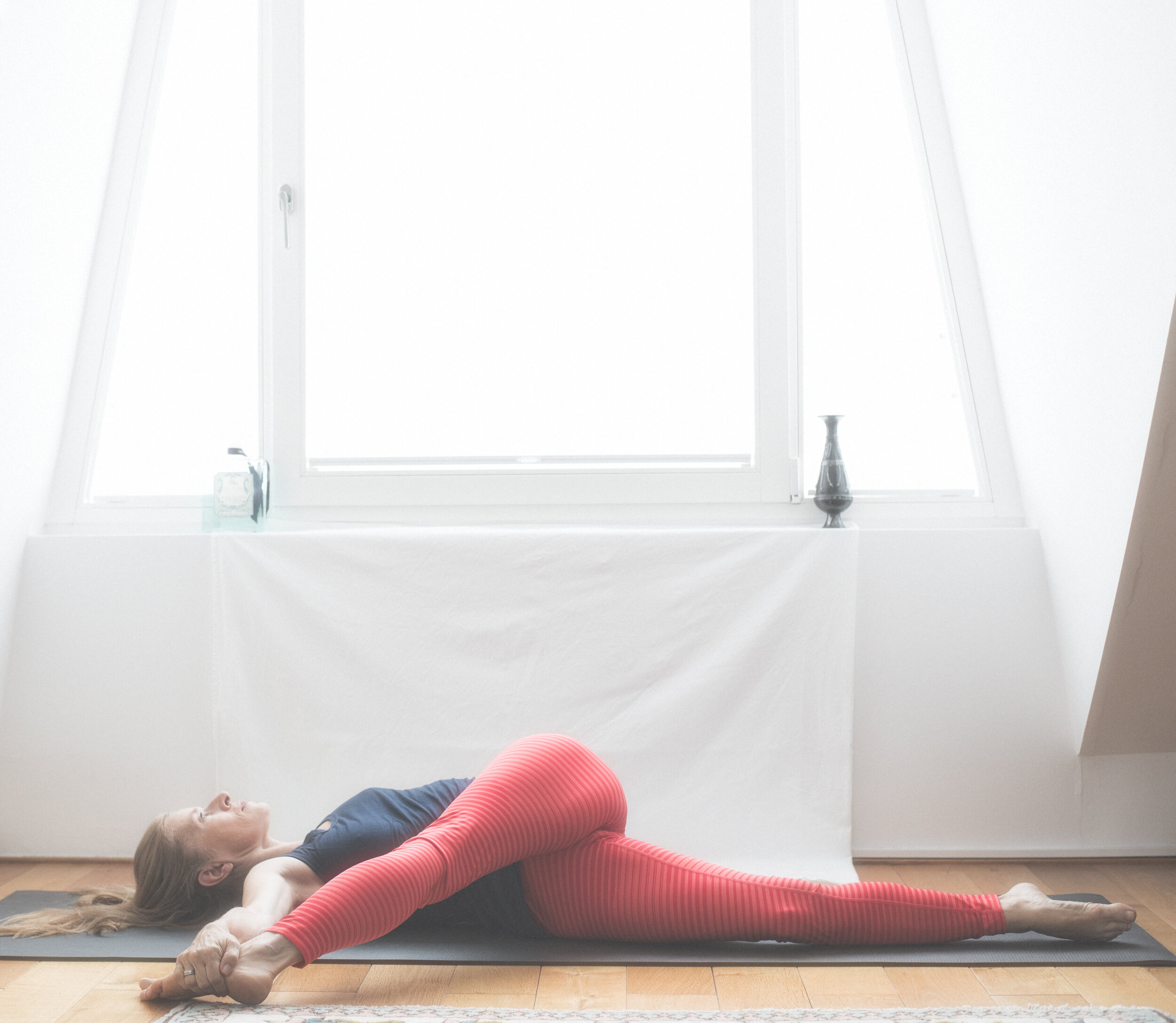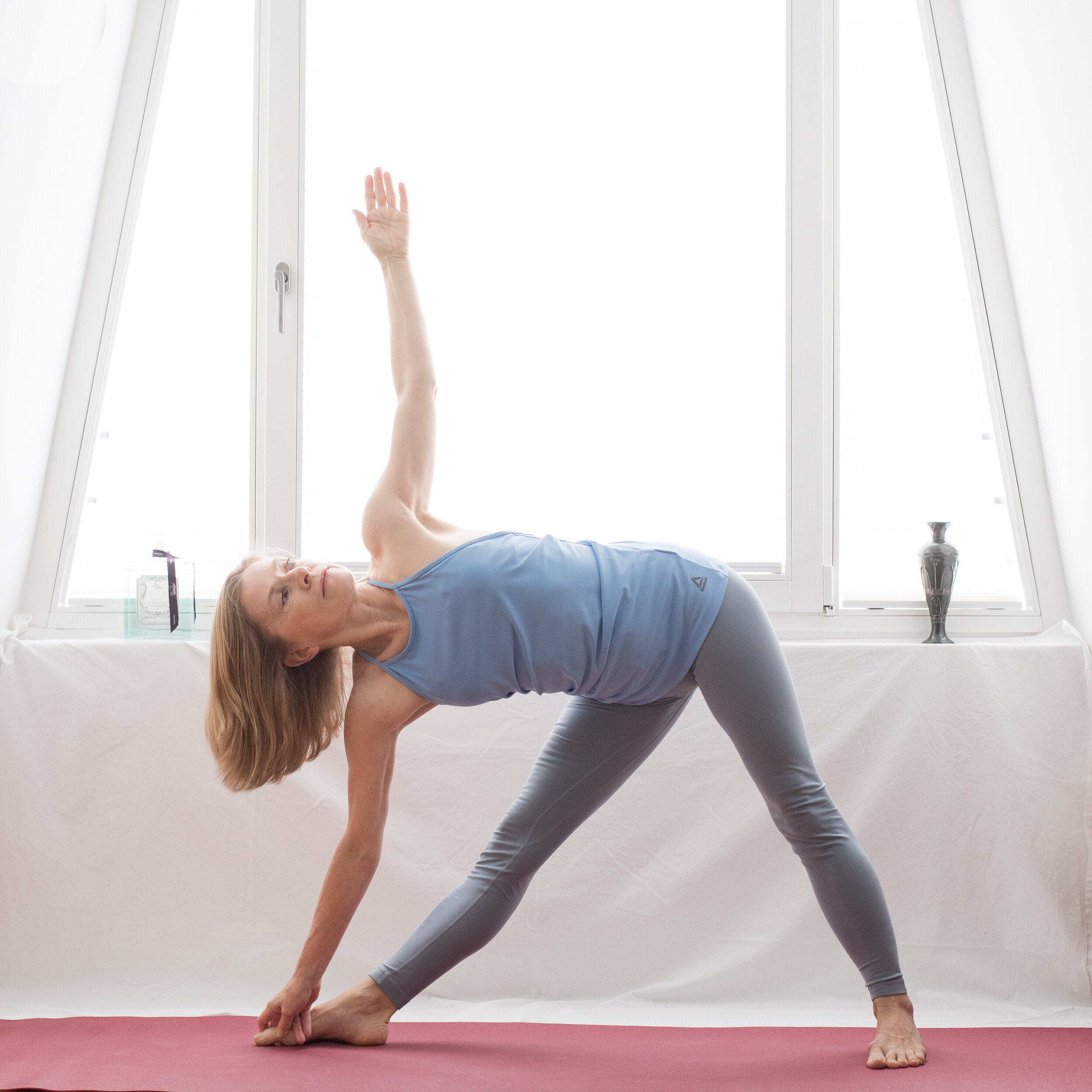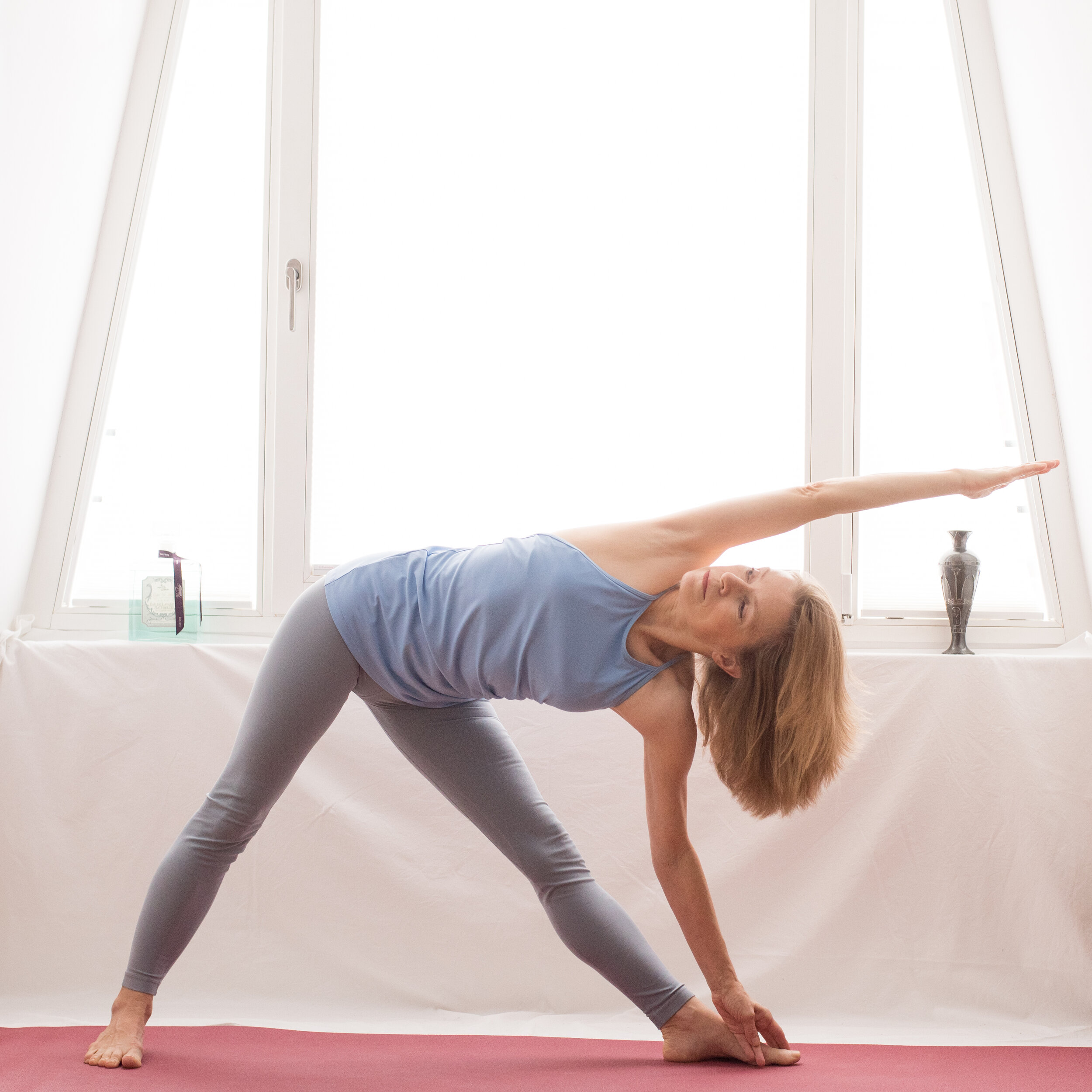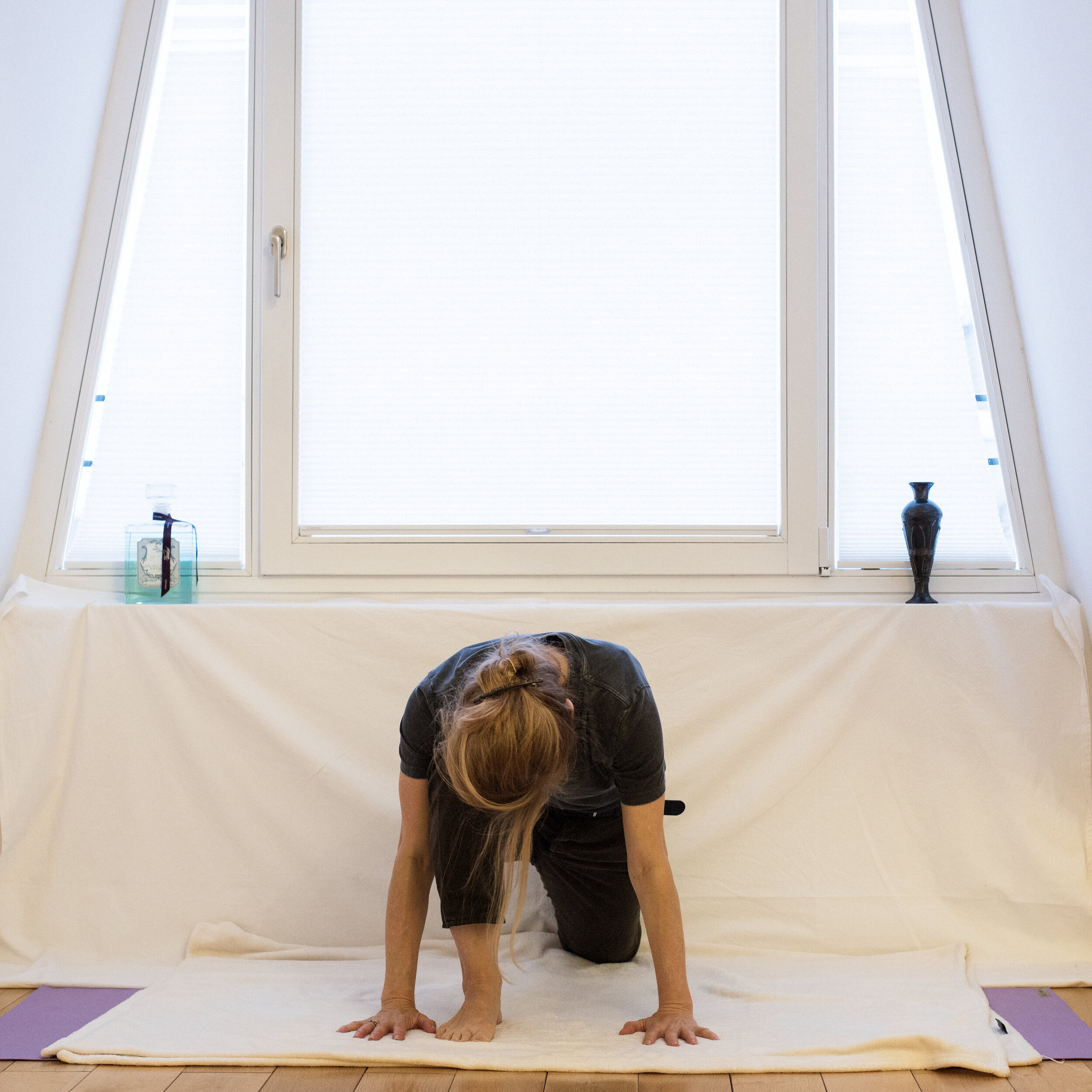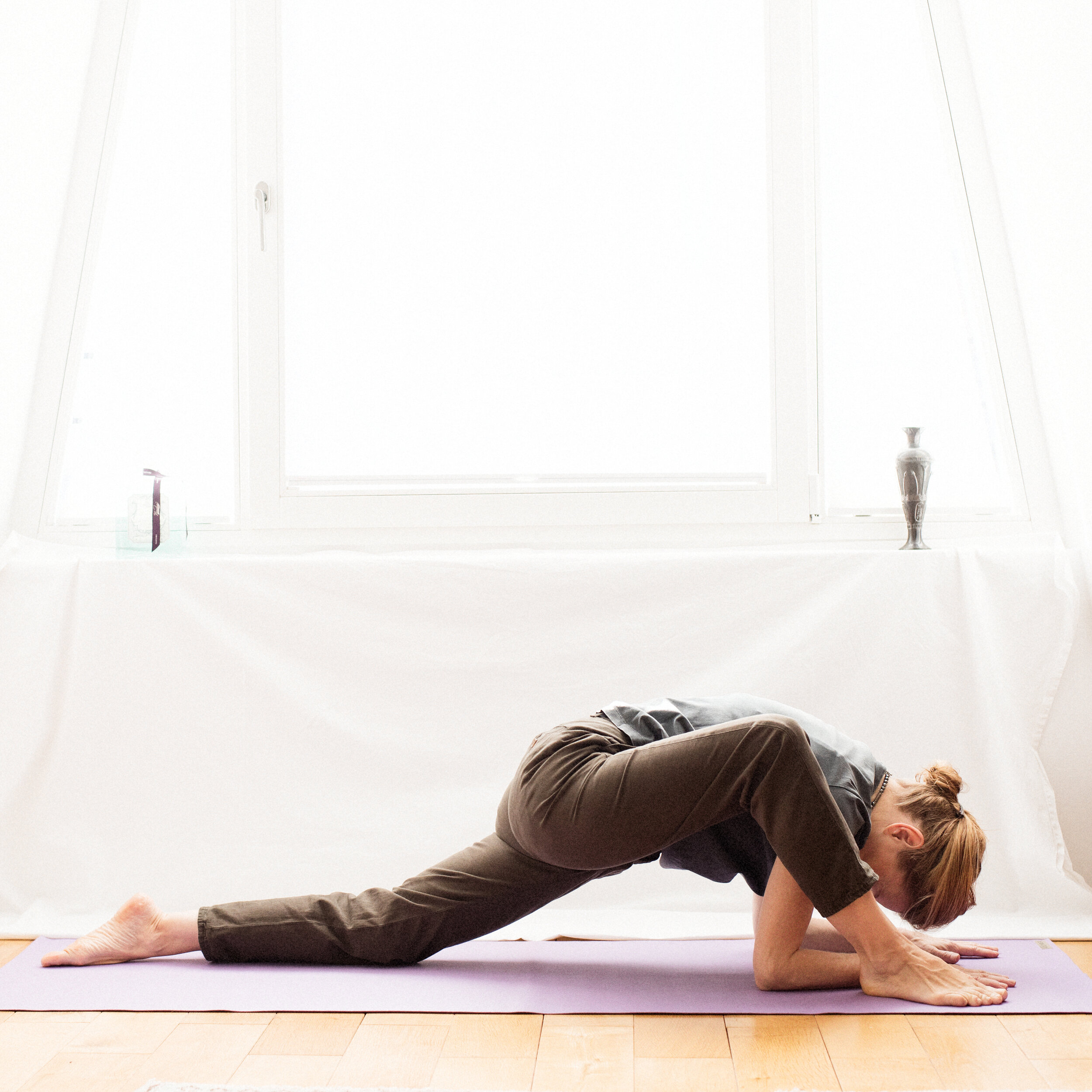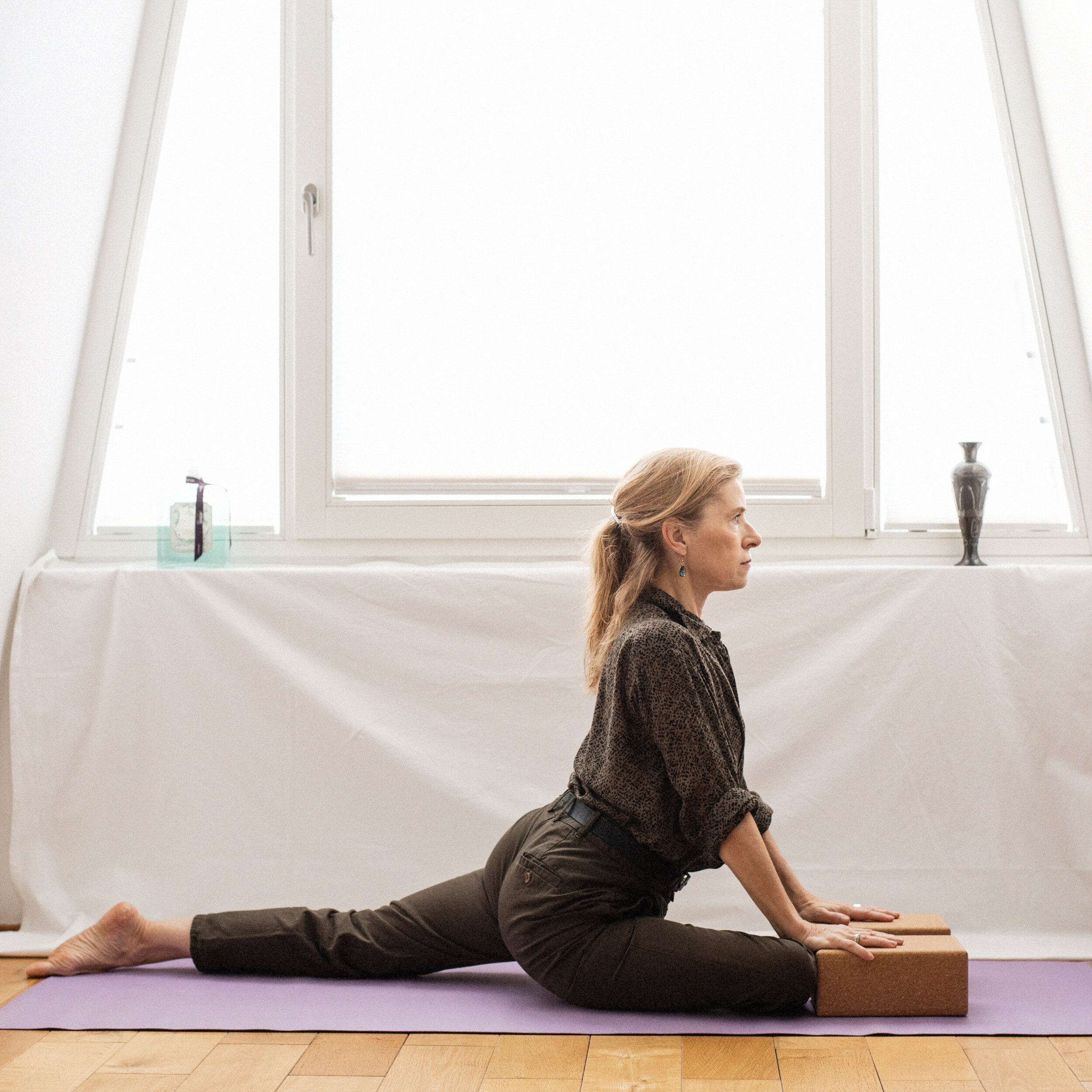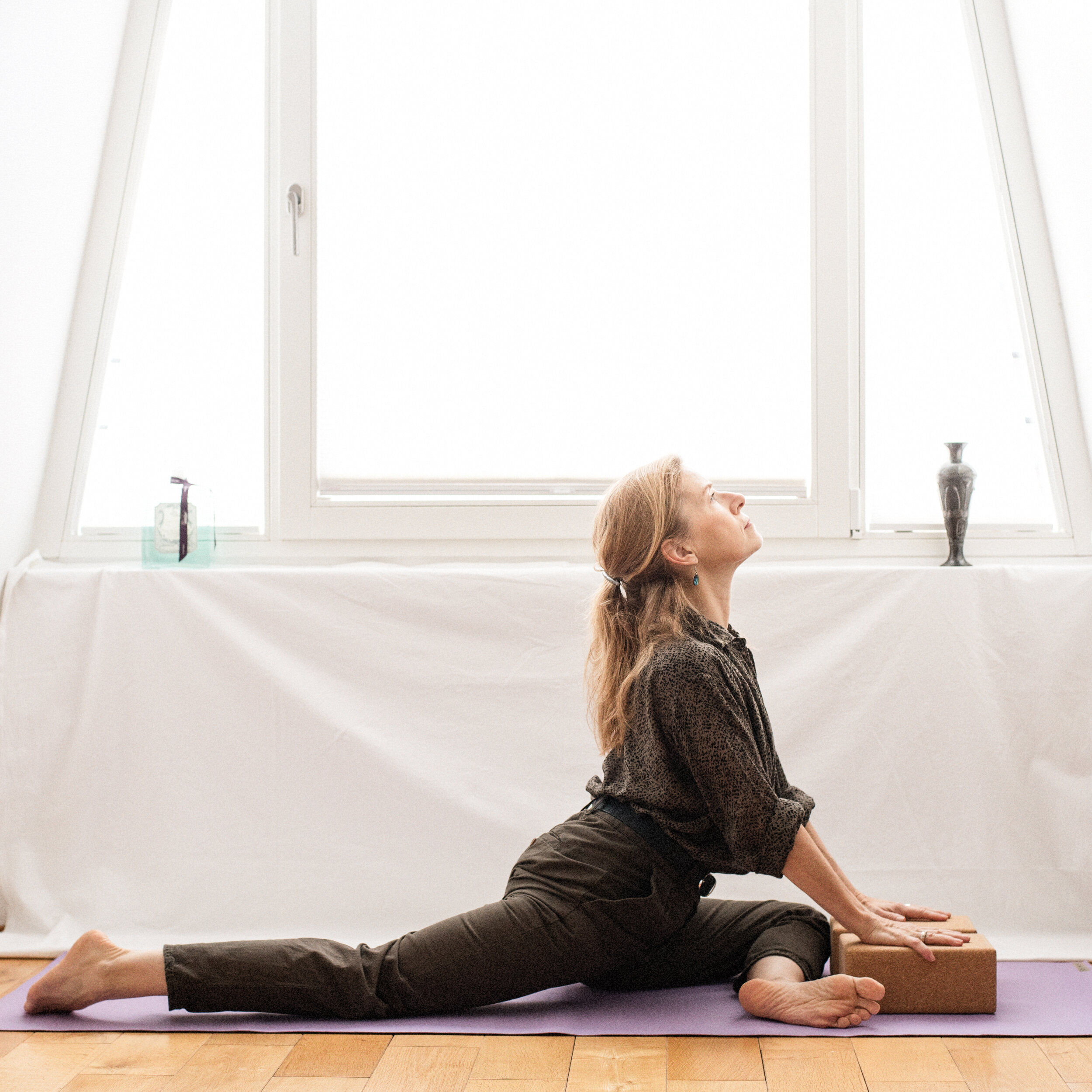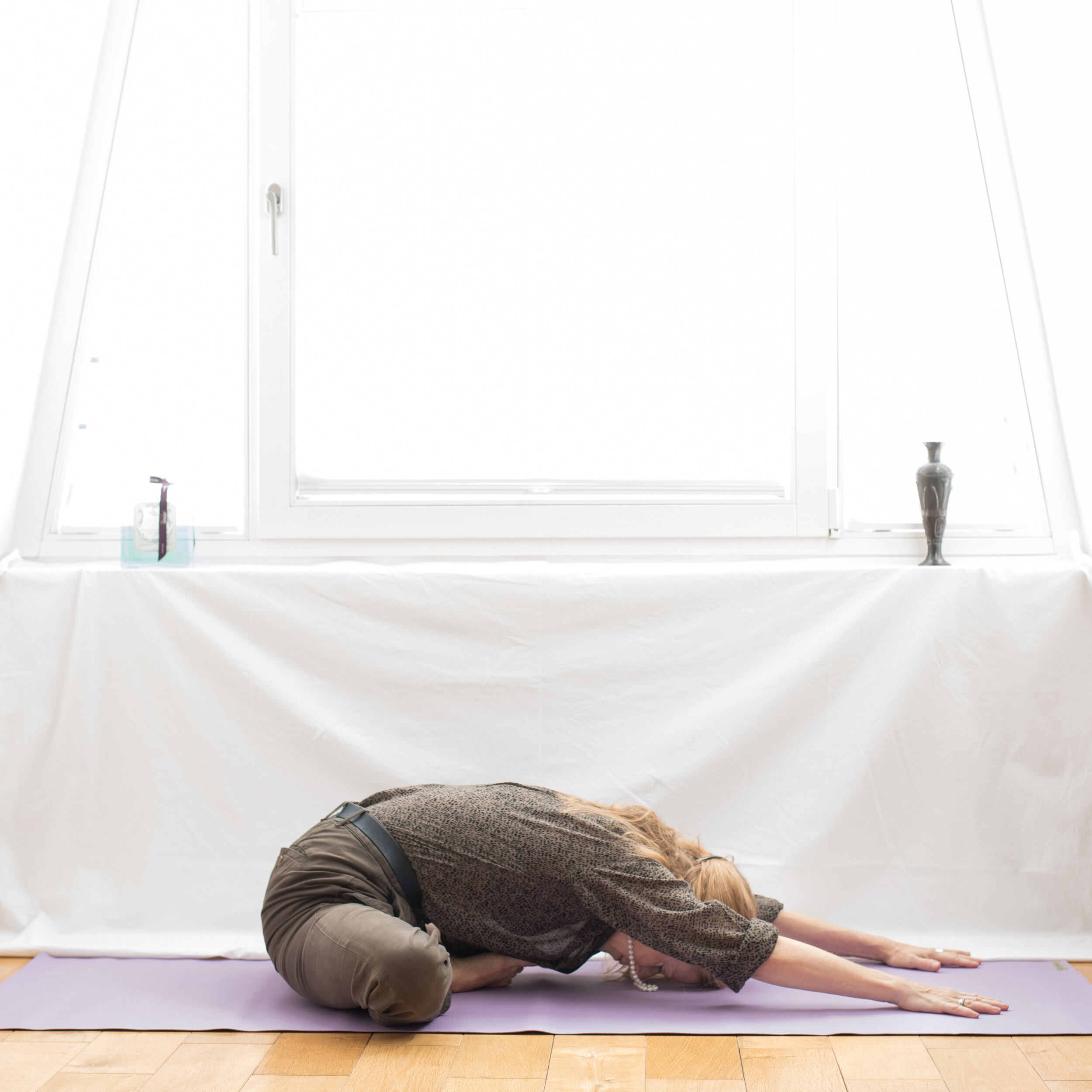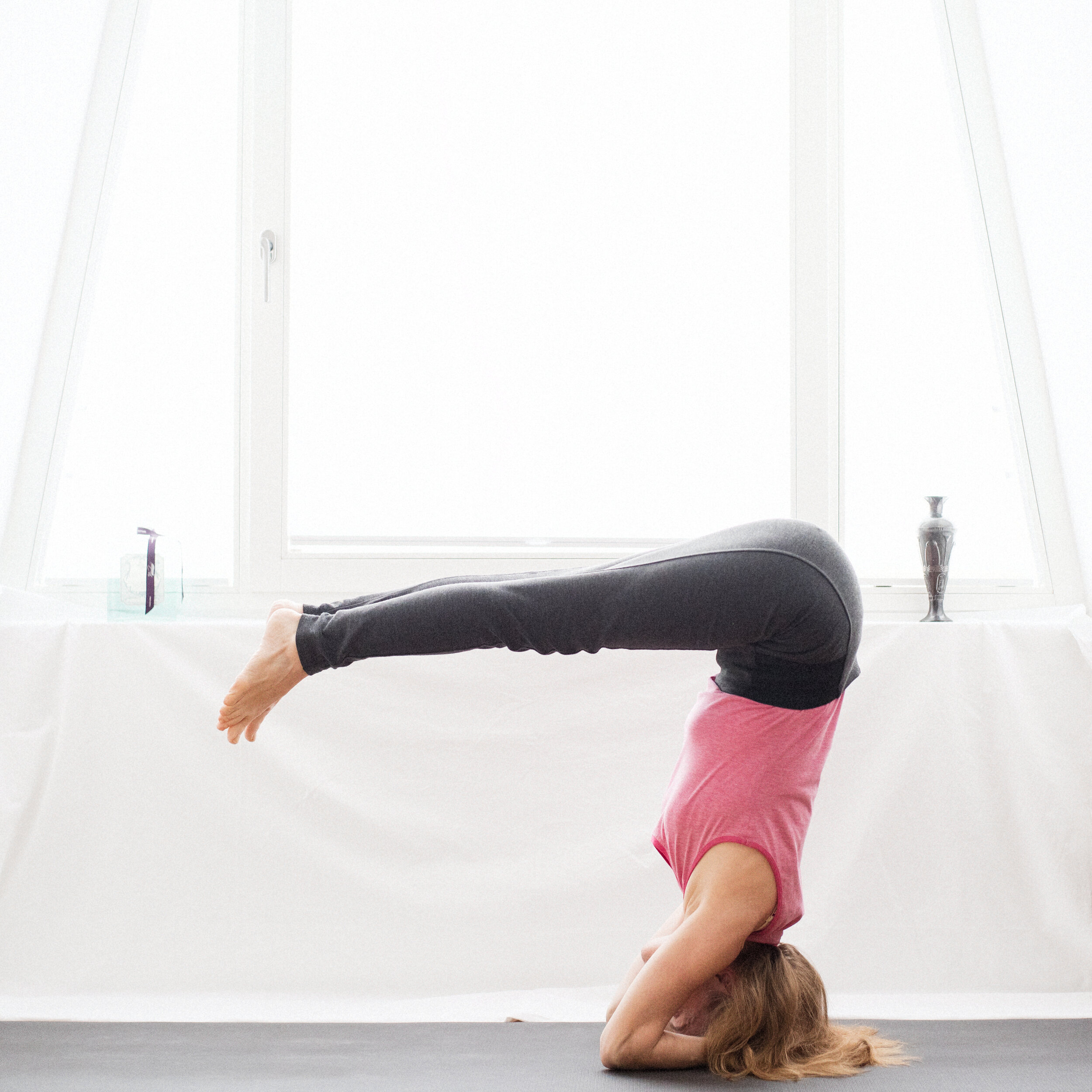Saturday is my day off. My days have a structure that I follow very flexible. I don’t even set an alarm clock to get up early. Usually I wake up on my own rather early. Today I did grocery shopping in the morning, when the shops were still rather empty. Tonight when we strolled around I realized a long queue standing in front of the grocery store. It rained. I thought it’s always a good idea to get up early. Some people surely have no alternatives, they can only go shopping in the evening, when everybody does it.
In 2020 I enrolled for a workshop ‘becoming minimalist’ I didn’t realize how much excess I’ve hoarded over the years. I don’t see myself as a hoarder. Most things have their place. But I had accumulated too many things. This is for sure. To let go of all my wool and knitting projects was probably the most difficult task. I found a group of people who knit scarves for homeless people. This made it easy to let go.
Things come slowly into our homes. I started projects, then something else seemed more important to do. Yet the first and second and third project still lingered in the drawers and shelves. The unconsciousness knows about it. Sometimes the projects wake up from the underground and inform the consciousness. They complain. Don’t forget me. This creates lousy feelings. With all these possessions that need attention it can be that one can feel overwhelmed without knowing why. I always think that I’ve so much to do. I have a lot to do, but my life should be manageable. I’ve no pets, no kids.
Today I went through this blog here and deleted neglected pages. They became a burden, too. It’s wishful thinking that I can update three blogs in addition to all the other activities.
Bit by bit I’ll feed the remaining pages. The vegan blog, the back bending blog, the gravity page, they all had to go. It’s too much. One yoga blog is enough. Saturday is my day off from yoga. It gives me opportunity to write also about other topics than asana practice.
Within the last 12 weeks I also went through my yoga props. Not everything was used or useful. I use my three yoga mats, but I don’t need five. Twelve yoga pants are too many.
Discarding of things and living with less made my life already easier. I feel relieved. It’s a journey an ongoing process to let go of things, bad habits and so on. Having less possessions helps to focus on what is important.
Flowing through life with ease is so much easier with less possessions.
